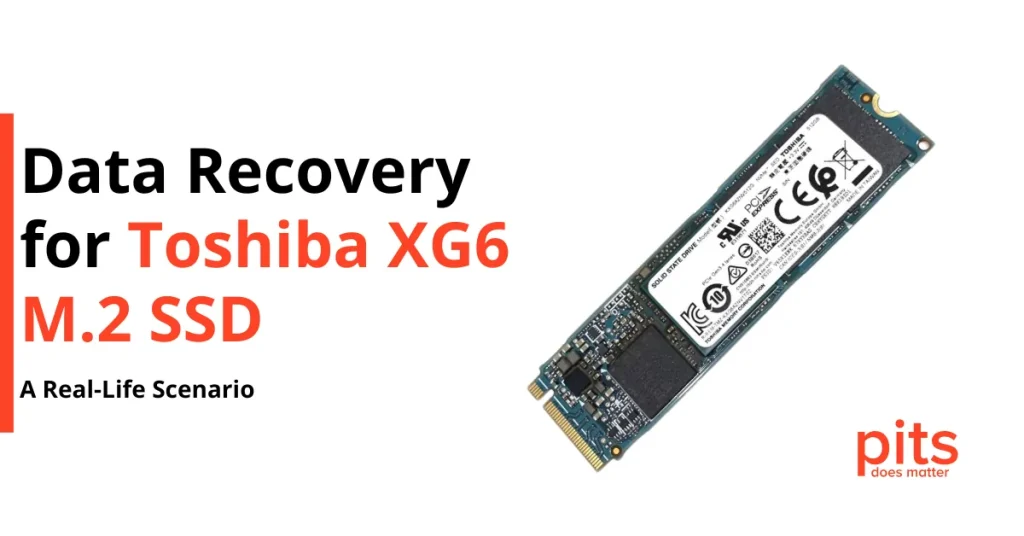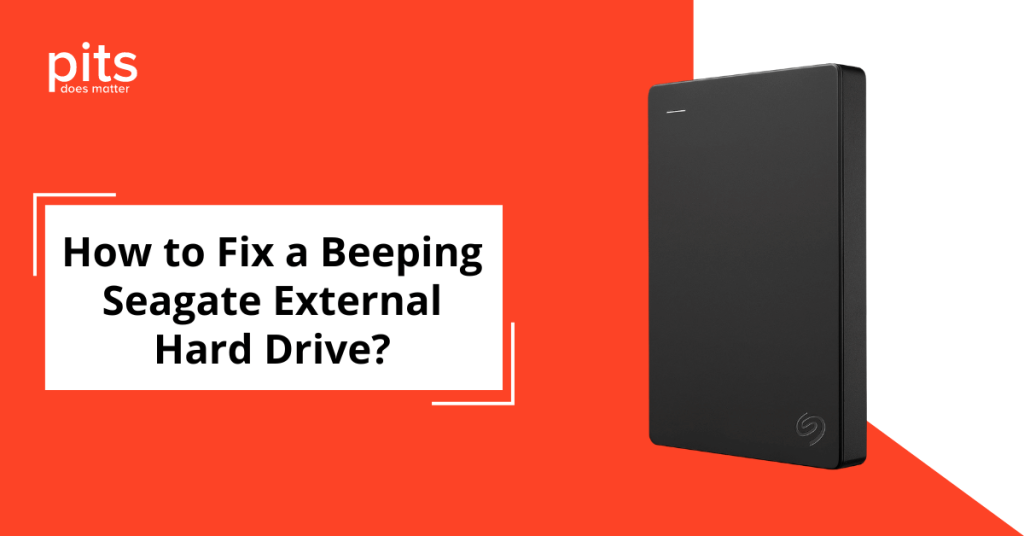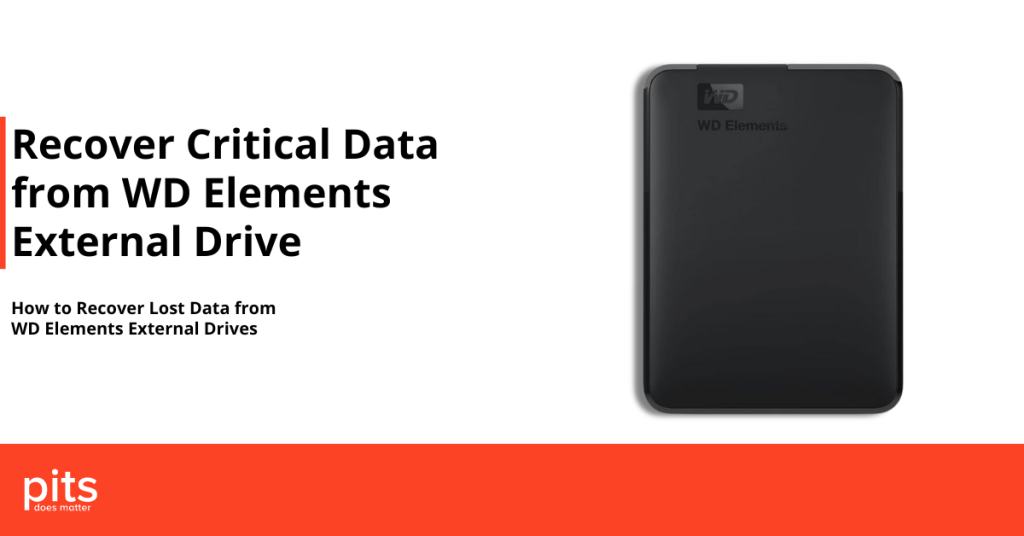In this case study, we explore the experience of a recent customer within the digital media production sector who encountered significant performance issues with their ASUSTOR AS5402T NAS device. Our customer’s experience with slow device performance highlights the need for a balance between strong hardware and maintaining optimal conditions to avoid data loss and ensure efficient data access.
Background of Slow Speed ASUSTOR AS5402T
Our latest customer, a digital media production company, heavily depends on the ASUSTOR AS5402T NAS device for daily operations. This tool stores and distributes high-definition videos, audio recordings, graphics, and large digital projects to team members on-site and remotely. The demand for NAS devices has increased with business growth.
Despite its robust features and performance capabilities, the ASUSTOR AS5402T eventually started to exhibit slow speeds, which affected the efficiency of its operations.
This issue significantly impacted their productivity and resulted in delays in project deliveries.
After thorough research, the company sought our services to evaluate their ASUSTOR AS5402T NAS device and identify the root cause of the slow speed issue.
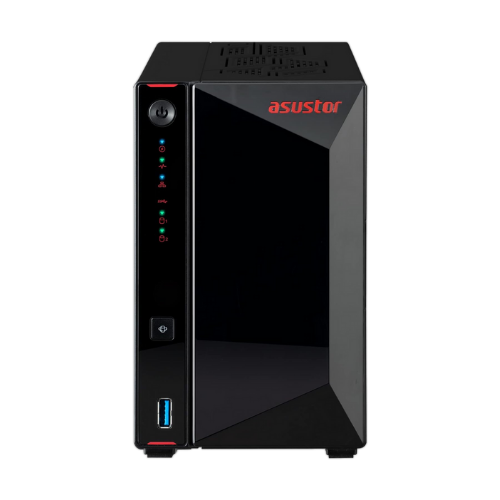
After confirming the service evaluation request, we began creating shipping labels for the ASUSTOR AS5402T NAS device for secure delivery to our London lab. This was vital for safe transport and allowing our team to start diagnostics immediately upon arrival.
Evaluation of the ASUSTOR AS5402T
Upon receiving the ASUSTOR AS5402T NAS device at our London lab, our team started a thorough diagnostic process to uncover the reasons for the slow read/write speeds and data loss reported.
Further analysis highlighted that alongside the immediate impact of overheating, there were underlying issues with the file system integrity, specifically inconsistencies and corruption within the data blocks that contribute to slow data access times and eventual data loss.
After a thorough evaluation, our team provided a detailed quote with steps for data recovery, timeline, and costs. The customer reviewed the quote, agreed to the price, and authorised us to start the data recovery.
Data Recovery Process of the ASUSTOR AS5402T
To address the critical data recovery process for the ASUSTOR AS5402T NAS device, our team initiated a meticulous, multi-stage recovery procedure. Firstly, we established a sector-by-sector clone of the NAS’s SSDs to prevent further data degradation during the recovery process. This method involves working with a data replica to minimise risks to the original drives.
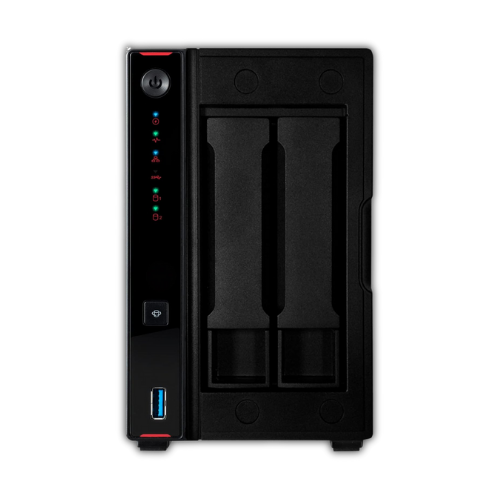
Advanced data recovery software is then used to scan the cloned drives, aiming to reconstruct the file system and recover the files within.
Despite initial challenges from overheating damage, our specialists used custom recovery algorithms to address and correct data block inconsistencies and corruption.
During this phase, the focus was on recovering essential high-definition video files, original audio recordings, and large-scale digital projects to ensure client operations continued smoothly.
Remote File Verification Session for Asustor NAS Device
The recovery process included a remote verification session to confirm data integrity. After client confirmation, data was securely transferred to a new high-performance SSD, enhancing durability and reducing future data loss risks. This restored access to critical projects and offered a reliable storage solution.
Conclusion
In conclusion, if you’ve experienced data loss on your Asustor NAS, trust our Asustor NAS Data Recovery Services for accurate and meticulous restoration. Our success with the AS5402T model underscores our capacity to tackle complex data loss issues effectively. With advanced tools and customised algorithms, we prioritise safe data handling for optimal recovery results. Count on our expertise to retrieve your digital assets, enhancing operations with tailored data protection and recovery solutions.
Frequently Asked Questions
What are the common signs of an Asustor NAS device failure?
Common signs include significantly slowed read/write speeds, frequent system crashes or restarts, inability to access stored data, error messages regarding data corruption, and overheating of the device.
How often do Asustor NAS devices experience failures?
Failure rates vary depending on the model, usage patterns, and environmental conditions. Regular maintenance and monitoring of the device can significantly reduce the risk of failure.
Can data be recovered from a failed Asustor NAS device?
Yes, in most cases, data recovery is possible. Our team uses advanced recovery techniques and software to retrieve data from devices that have experienced physical damage, logical errors, or corruption.
How long does the data recovery process take for an Asustor NAS device?
Recovery duration varies based on damage extent, dataset size, and needed techniques. We strive to complete recovery processes as efficiently as possible, often within a few days to a week.
What measures can be taken to prevent data loss in Asustor NAS devices?
Implementing regular backups, ensuring proper ventilation to prevent overheating, regularly checking for firmware and software updates, and monitoring the device’s health indicators can help mitigate the risk of data loss.
